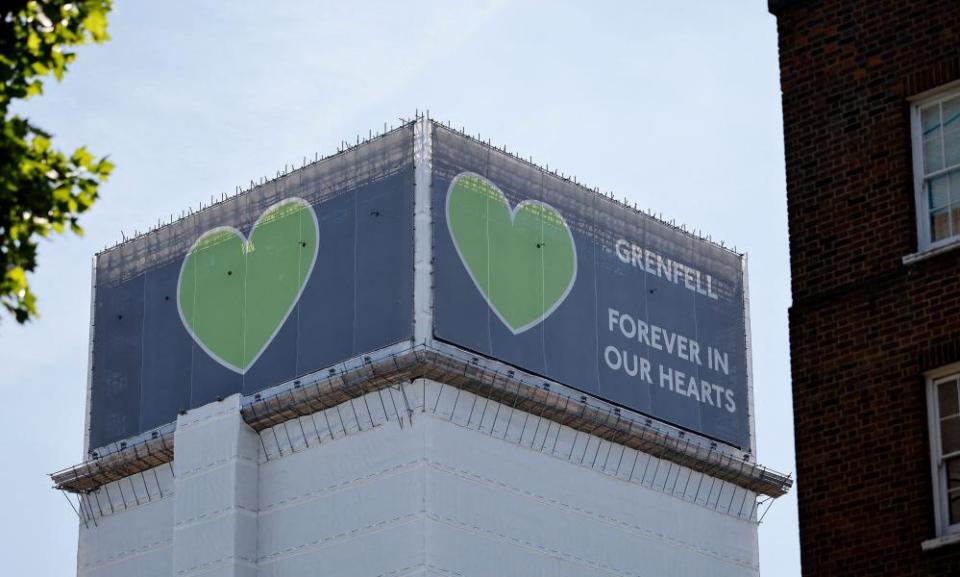Grenfell inquiry: government ‘deeply sorry for past failures’

The government has apologised for failures in the lead up to the Grenfell Tower fire, admitting to “errors and missed opportunities” that helped create “an environment in which such a tragedy was possible”.
It told the public inquiry into the disaster it was “deeply sorry” and conceded it did not know how building regulations were being applied on the ground. It said the “system failed”.
The admissions were made in an opening statement by the Department for Levelling Up, Housing and Communities (DLUHC) to the final stage of the public inquiry that will investigate the role of dozens of government figures from junior officials to former ministers including Eric Pickles and Gavin Barwell. The department also admitted it failed to properly learn lessons from previous high-rise fires, including the 2009 cladding blaze at Lakanal House in Southwark where six people died.
Its concessions are likely to be closely watched by tens of thousands of leaseholders trapped in unsellable flats built with similar construction methods to the Grenfell refurbishment that have now been found to breach building regulations.
On Monday, the inquiry heard allegations from the bereaved and survivors of the 14 June 2017 fire that the government may be guilty of a “deliberate cover-up” over the dangers posed by combustible materials and that successive administrations were responsible for “collusion” with the construction industry. It heard MPs had written to the government 21 times, pressing it to tighten building regulations after Lakanal, without success. Governments had shown “an unbridled passion for deregulation”, one of the lawyers representing victims, Stephanie Barwise QC, told the inquiry.
The inquiry this week also criticised the government’s approach, saying it was trying to play “cat and mouse” with evidence and “trying to smuggle something past” the inquiry. The government said it had delivered tens of thousands of pages of documents and dozens of witness statements from junior civil servants to former secretaries of state.
On Tuesday, counsel for the DLUHC, Jason Beer QC, said: “The department is deeply sorry for its past failures in relation to its oversight of the system that regulated safety in the construction and refurbishment of high-rise buildings. It also deeply regrets past failures in relation to the superintendence of the building control bodies.”
He conceded: “Had there been a functional enforcement system … non-compliance [with the building regulations] to the extent that gave rise to the Grenfell Tower tragedy may not have been possible.”
However the government also pointed the finger at the construction industry and said the building regulations were “sufficiently clear” for “competent professionals” to apply. It insisted that had they been properly followed, a large-scale cladding fire could not have happened.
Seventy-two people died as a result of the fire, which followed a refurbishment signed off by local authority building control officers. The inquiry has already heard evidence that the manufacturers of the combustible materials used on the tower and on thousands of other homes in the UK, were able to persuade officials they were safe by manipulating the testing and certification systems.
Beer said: “The public, residents and … government trusted that those constructing and approving high-rise blocks and the products used in them were following the law and doing the right thing. This trust was both misplaced and abused. The department greatly regrets that it took the Grenfell Tower tragedy to lay bare this misplaced and abused trust.”
The bereaved and survivors have argued the government’s stance was driven by a pro-business deregulation agenda and have asked for David Cameron to be called to give evidence after he gave a speech in 2012 that promised to “kill off the health and safety culture for good”.
Beer conceded that the introduction of competition into building control, whereby private companies were allowed to sign off buildings as safe starting under Margaret Thatcher in 1985 and expanding since, increased the risk of “systemic failure”.
The inquiry continues.

 Yahoo Finance
Yahoo Finance 